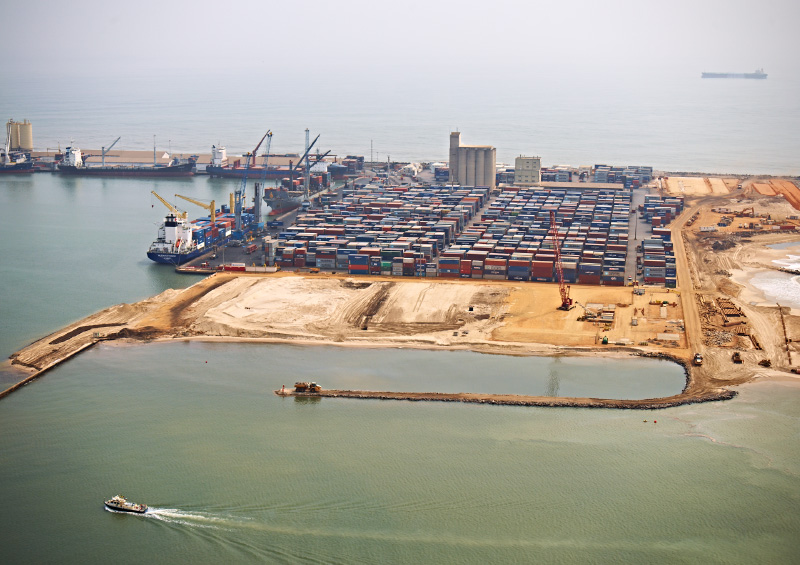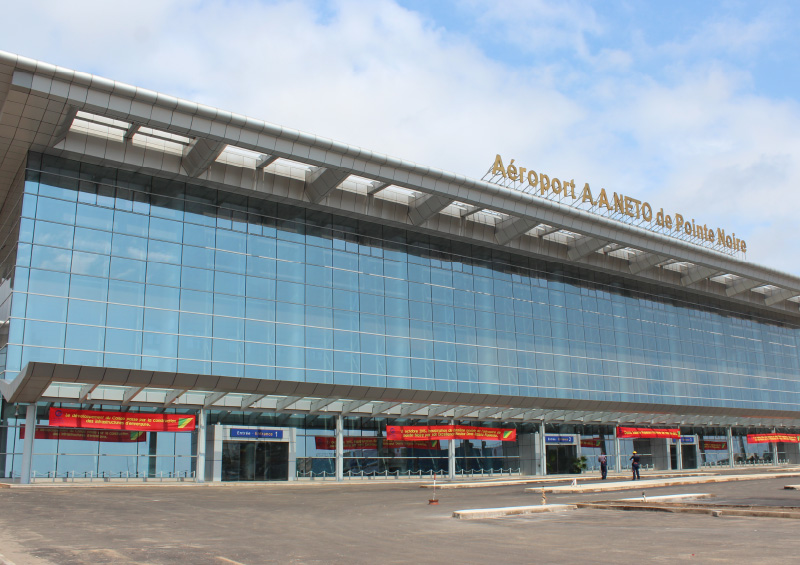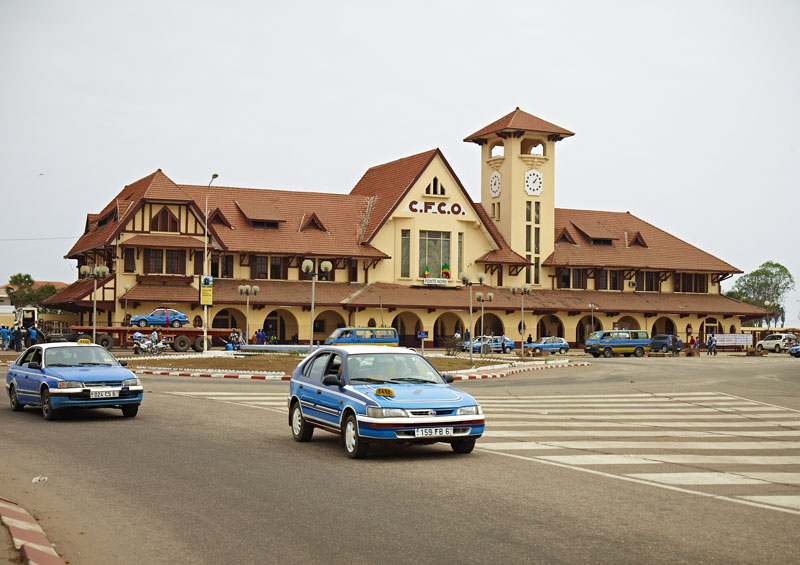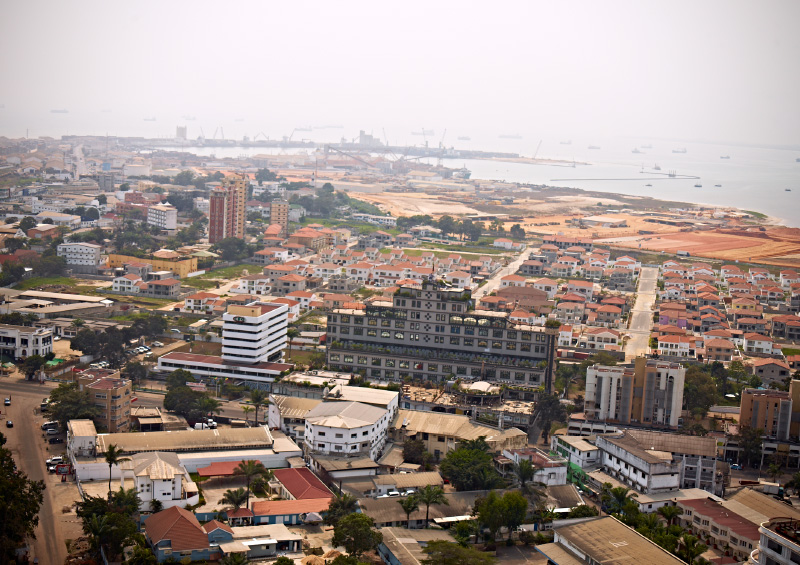Republic of the Congo
Republic of the Congo
The Republic of the Congo, also known as Congo-Brazzaville, is a central African country with a population of approximately five million. It is bordered by five separate countries, one of which is the Democratic Republic of Congo situated to the east. Congo-Brazzaville was formerly colonised by the French and after gaining independence in 1960 the country officially became the Republic of the Congo (RoC).
RoC operating environment
The Congolese Government is supportive of the development of Kore’ projects in the Sintoukola District and they have demonstrated this through the approval of the required permits, including the Mining Convention which sets out the fiscal framework for all Kola and Dougou developments, the Kola and Dougou ESIA and Environmental permits and the Kola land acquisition process.
Country highlights
- Politically stable
- Supportive of mining – mining code and convention in line with Francophone Africa
- Joined the EITI in 2007 (Extractive Industry Transparency Initiative) and is fulfilling the broader objective of the EITI requirement
- Developed oil & gas industry
- Access to gas and electric power
- History of investment from international companies
- Bilateral investment treaty with the UK offers easier dispute resolution
- Government are keen to diversify away from oil
Economy
- Congo’s largest export partners are China (53.8%), Angola (6.2%), and Gabon (5.7%)
- Oil accounts for over 90% of Congolese exports and 80% of government revenue
- Oil firms operating in RoC include:
- Total E&P (French)
- Perenco E&P (Anglo-French)
- Eni (Italian)
- Chevron Overseas (USA)
- Government Strategic Document for Growth, Employment, and Poverty Reduction (DSCERP) outlines desire to diversify away from oil dominance
Mining Convention
- Mining Convention voted into law following ratification by the Parliament of the Republic of the Congo
- Mining royalty of 3% of Ex mine market value
- Reduced taxation rates following an initial tax holiday
Pointe-Noire
- The geographical location of the Permit is extremely beneficial both in-country and globally as it’s situated between 13 and 35km from the coast and 90km from Pointe-Noire, the second largest city in the RoC, which simplifies the logistics required for both the construction and operation phases

Port Autonome de Pointe-Noire

Aéroport International Agostinho Neto

Gare de Pointe-Noire

Pointe-Noire city

